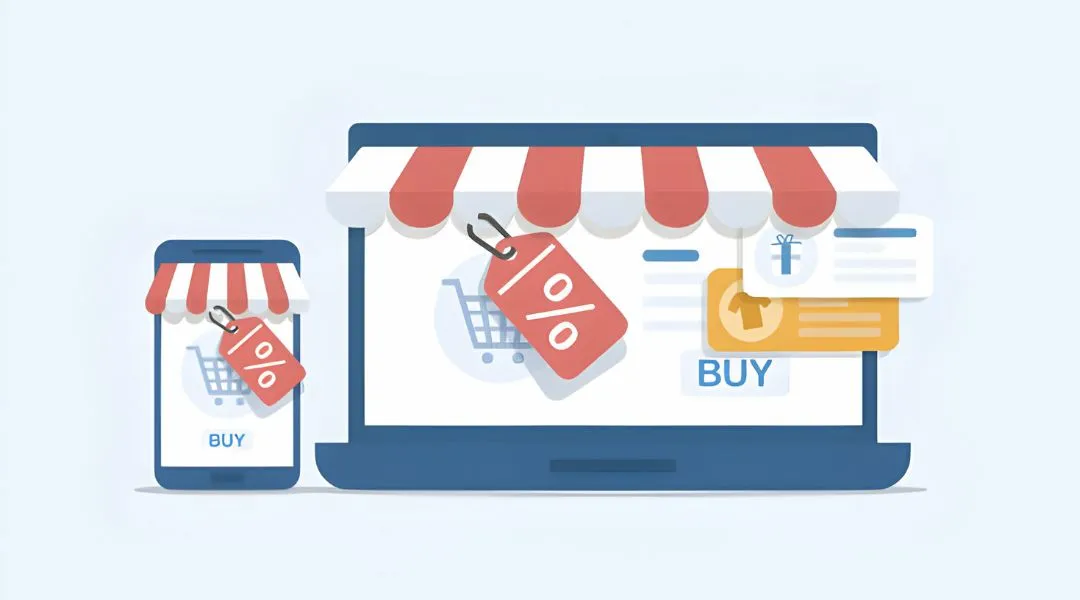ghost commerce example
In this article we will talk about some ghost commerce example , but before we do that we need to understand that Ghost commerce is a different way of shopping online. It’s not about just selling products, but about creating cool experiences that make you want to buy things. It uses fancy technology to suggest stuff you might like without you even knowing it’s happening. So, it’s like a sneaky helper making your online shopping more fun.
Table of Contents
The Rise of Ghost Commerce
With the rapid advancement of VR technology and the growing demand for immersive online experiences, Ghost Commerce has emerged as a disruptive force in the e-commerce industry. Retailers and brands are increasingly embracing this innovative approach to engage customers and differentiate themselves in a crowded marketplace.
Key Features of Ghost Commerce
1. Immersive Product Visualization
One of the most compelling aspects of Ghost Commerce is its ability to provide customers with immersive product visualization. By leveraging VR technology, retailers can create lifelike virtual environments where customers can explore products from every angle, gaining a deeper understanding of their features and functionalities.
2. Personalized Shopping Experiences
Ghost Commerce allows retailers to personalize the shopping experience for each customer, tailoring product recommendations and promotions based on their preferences and browsing history. This level of customization enhances engagement and encourages repeat purchases, driving revenue growth for businesses.
3. Seamless Integration with E-Commerce Platforms
Despite its cutting-edge technology, Ghost Commerce seamlessly integrates with existing e-commerce platforms, making it easy for retailers to adopt and implement. With plug-and-play compatibility, businesses can quickly launch their Ghost Commerce storefronts and start reaping the benefits of immersive shopping experiences.
The Benefits of Ghost Commerce
1. Enhanced Engagement and Interactivity
By offering customers a more engaging and interactive shopping experience, Ghost Commerce helps businesses stand out from the competition and build stronger relationships with their target audience. The ability to interact with products in a virtual environment increases purchase confidence and reduces the likelihood of returns, leading to higher conversion rates and increased sales.
2. Improved Customer Insights and Analytics
Ghost Commerce provides businesses with valuable insights into customer behavior and preferences, allowing them to make data-driven decisions and optimize their marketing strategies. By tracking user interactions within the virtual environment, retailers can gain a deeper understanding of customer preferences and identify opportunities for upselling and cross-selling.
3. Cost-Effective Solution for Retailers
Despite its advanced technology, Ghost Commerce offers a cost-effective solution for retailers looking to enhance their e-commerce capabilities. By reducing the need for physical inventory and storefronts, businesses can lower overhead costs and allocate resources more efficiently, ultimately improving their bottom line.
The Future of E-Commerce is Here
As technology continues to evolve and consumer preferences shift, Ghost Commerce is poised to reshape the future of e-commerce. By offering customers immersive shopping experiences and empowering retailers with valuable insights and analytics, this innovative approach is revolutionizing the way we shop online.
Here are some ghost commerce example:
- Personalized Recommendations: Websites like Amazon use data about your past purchases and browsing history to suggest other products you might be interested in buying.
- Virtual Stylists: Fashion retailers may offer virtual stylists or AI-powered fashion advisors that recommend outfits based on your style preferences and body type.
- Dynamic Pricing: Some online retailers adjust prices in real-time based on factors like demand, supply, and your browsing behavior, without you necessarily noticing the changes.
- Chatbots: Many e-commerce websites use chatbots to interact with customers, answer questions, and provide personalized product recommendations.
- Invisible Payments: Services like Amazon Go allow you to shop in physical stores without having to check out at a cashier. Your purchases are automatically detected and charged to your account as you leave the store.


